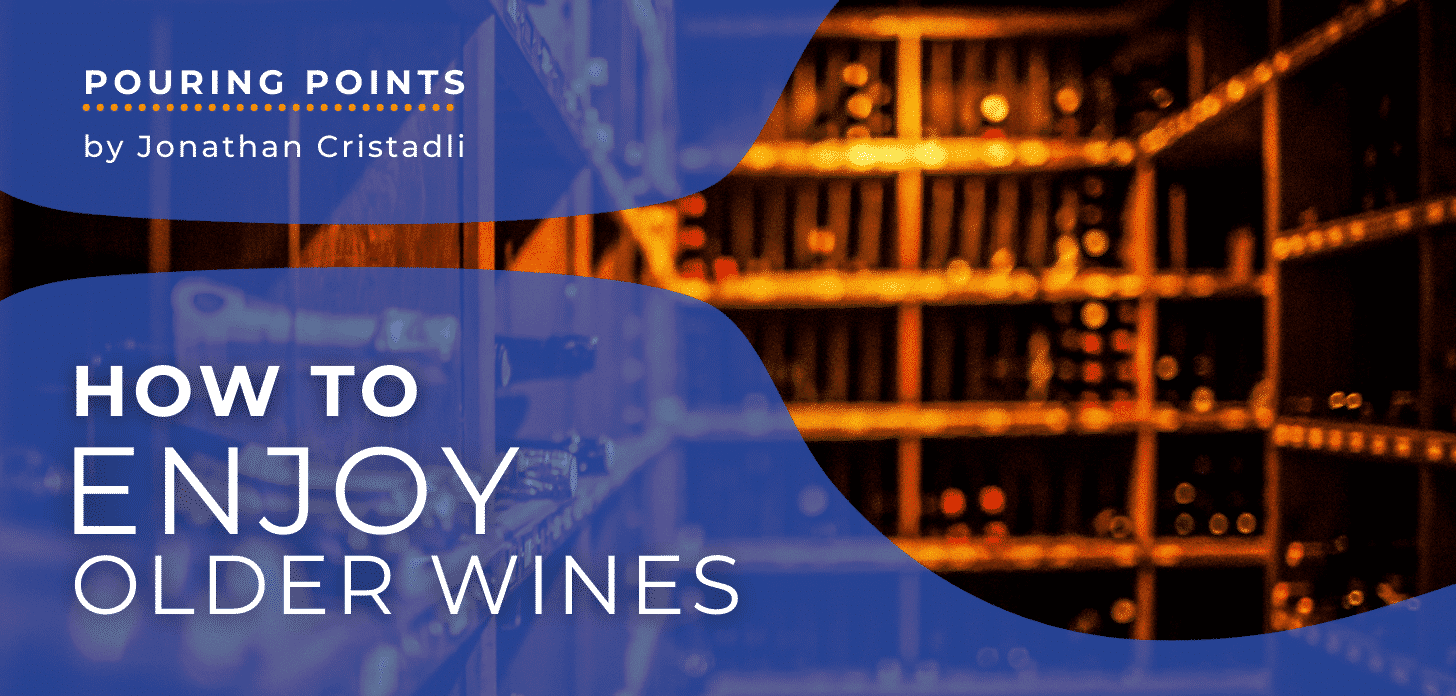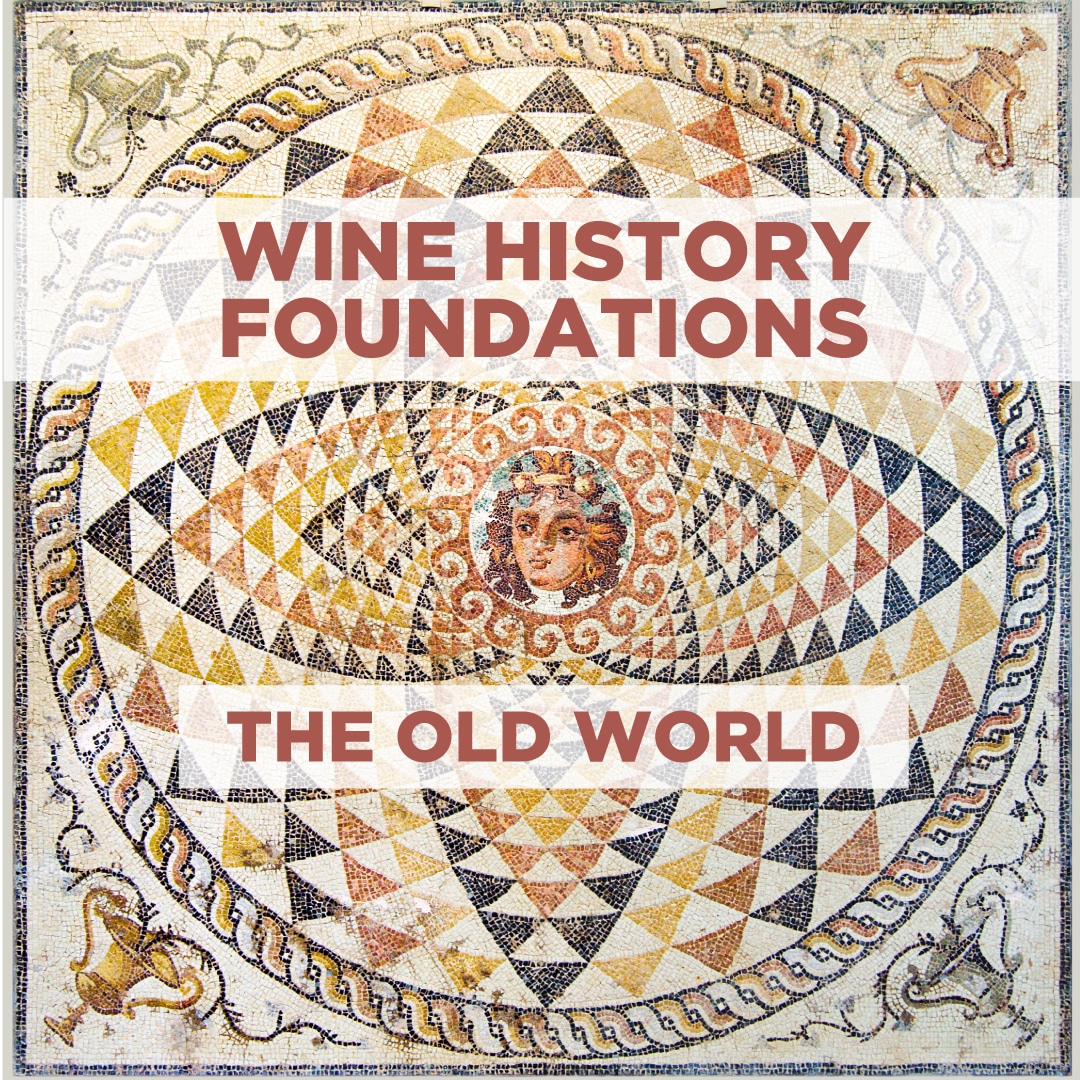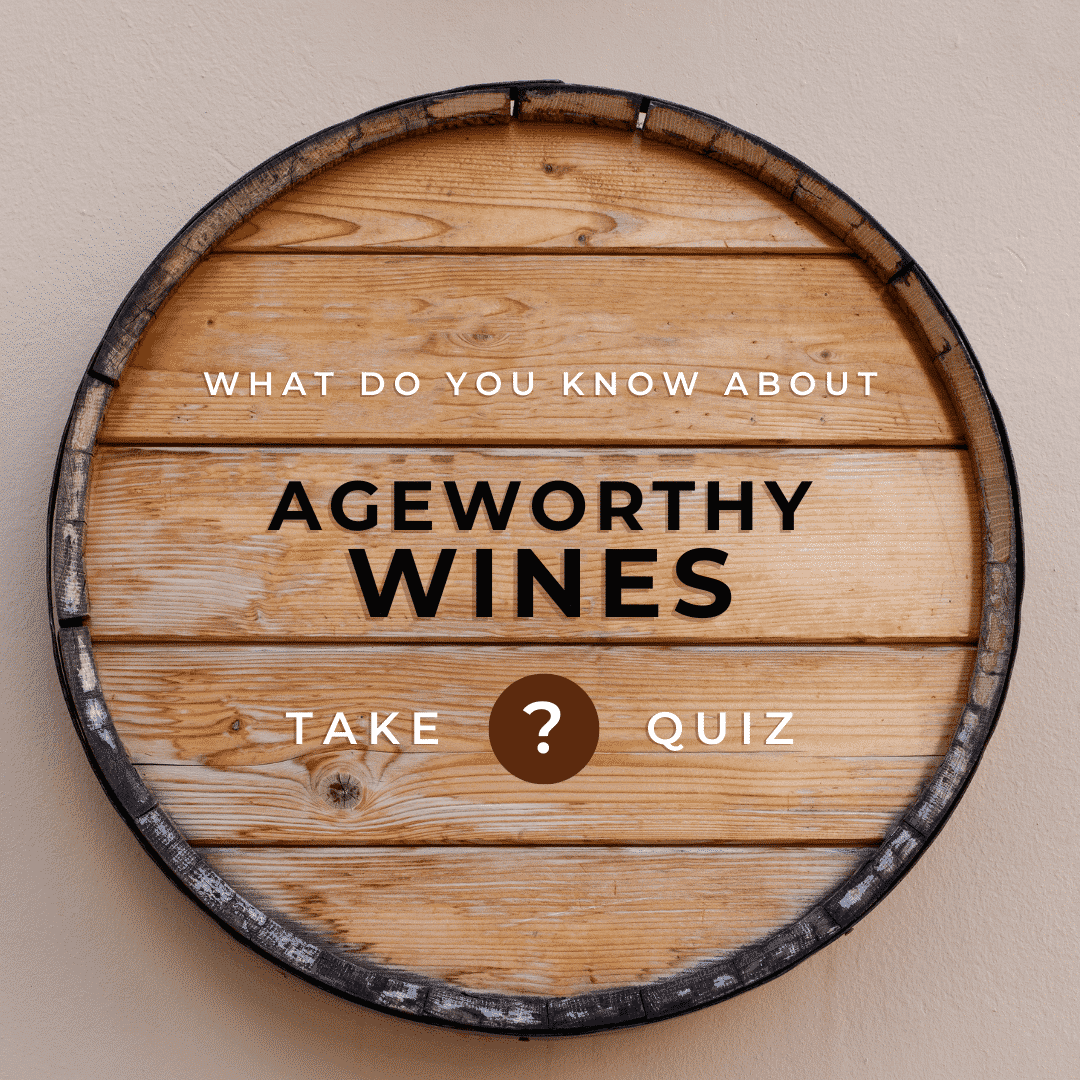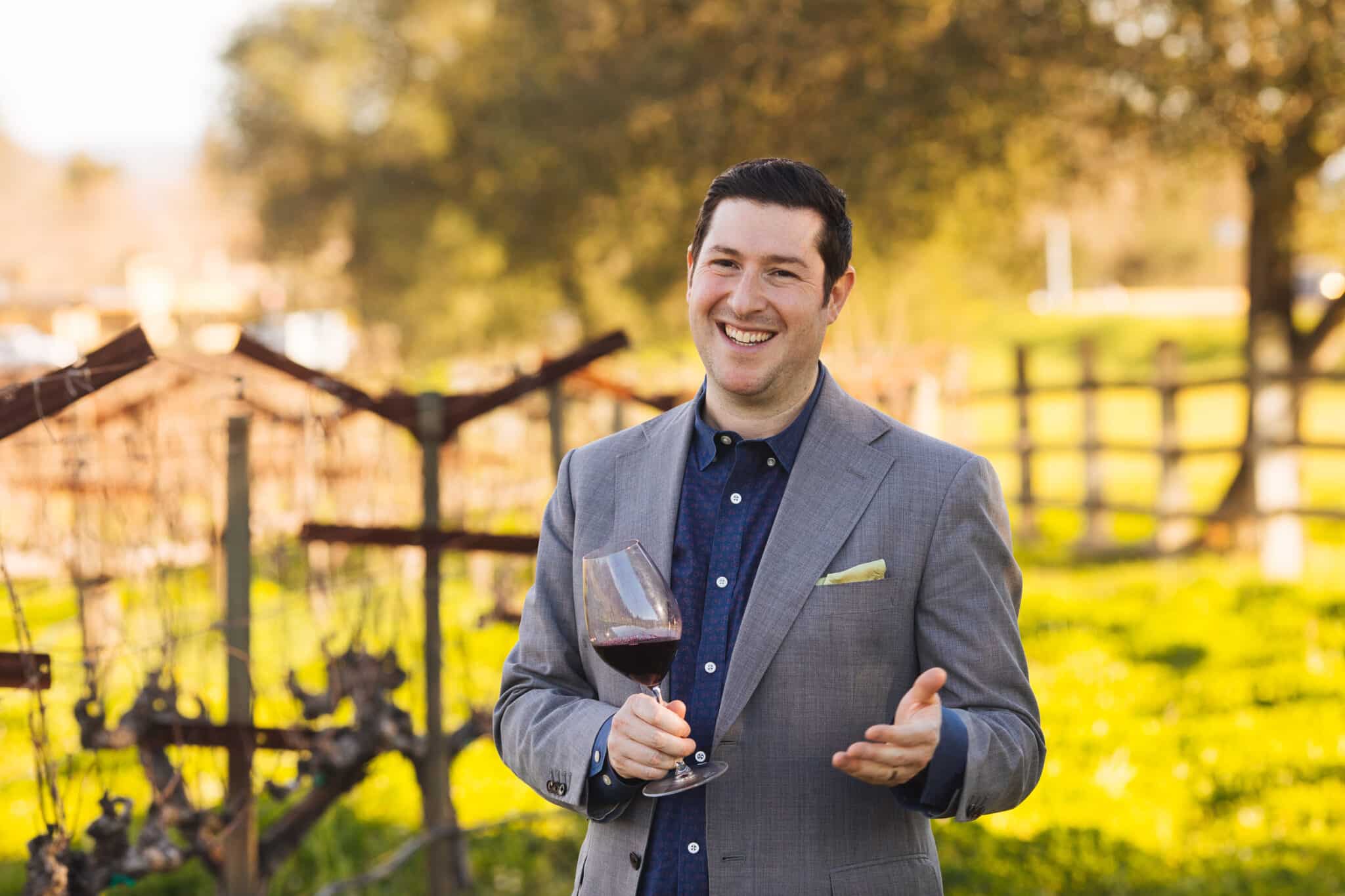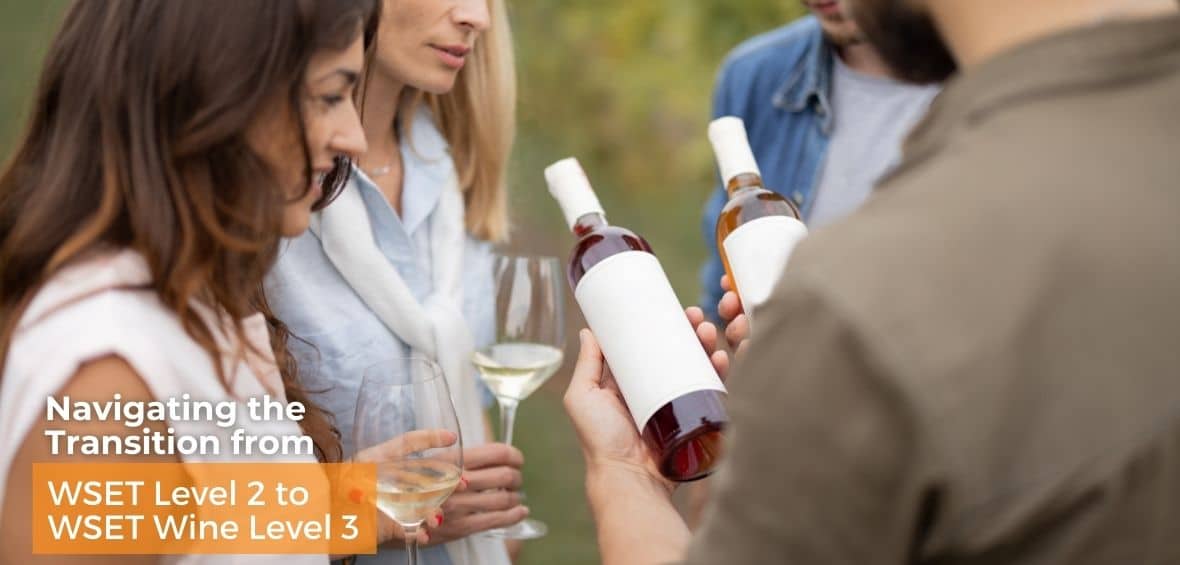Once you know you’re dealing with an “older” wine, follow these six steps for a perfect drinking experience.
By Jonathan Cristaldi
The idea of drinking older wine is a conundrum for most people. How to serve it, if it should be decanted, how quickly or how slowly to savor it before, like a perfect Hawaiian sunset, it is gone.
Even people with wine cellars, who have been fortunate to collect, keep, and store wines in the best conditions—cool and dark, where wine can very slowly evolve in the bottle—are not immune to the symptoms of what I’ll call ‘old wine paranoia.’
So, what exactly is an older wine?
Unfortunately, this is a bit of a gray area. There’s no official retirement age for wine, no designated birthday after which the wine is considered old or mature. The ambiguity only worsens when you realize that ‘old’ or even ‘mature’ are terms relative to each grape variety and finished wine.
And as far as terminology goes, for this article, the “old” focus is on the enjoyment of outstanding wines that are capable of long aging. The use of the term “old” could be interchangeable with “mature” and “developed” concerning wines that are caught in a perfect moment of drinking bliss—before they begin to turn the corner toward being unpleasant. Wines aged 15-30 years past the bottling date, or the vintage date on the label, are the “old” wines of interest in this missive.
And just as in real life, an older wine in this vein has taken on a richer kind of character, is more complex than its younger and more vulnerable days, and offers a deeper sort of dialogue. It has become the carefree, witty, and curious older companion who takes up the charity of teaching you the ways of living a wiser and more careful life.
But here’s the real list of conundrums: White wines will age differently than red wines; A wine made from the Pinot Grigio grapes ages much differently than one made from Chardonnay; A Chardonnay wine from Chile will age differently than a Chardonnay wine from Burgundy. The reason is no two wines will have the same acid, tannin, and natural sugar balance (or added sugar in the case of sparkling wine), and a good rule of thumb is that wines with higher levels of acid and tannin tend to age well. But aging well and living a long time in the bottle has different consequences for different wines. Again, in the example of Pinot Grigio and Chardonnay, a Pinot Grigio with high acid may live a long time, but once its fruit aromas and flavors are gone, it may be left with nothing else to satisfy; whereas a Chardonnay with high acid, has the potential to age in an interesting way—eventually expressing a more interesting version of itself. But further obscuring these lines between young and old wine and varying grapes is the factor of winemaking.
Let’s say we pinpoint two rows of Cabernet Sauvignon vines growing in Napa Valley’s Beckstoffer To Kalon vineyard. One row goes to one winemaker, one to another. This means that the dates the grapes are picked will differ according to each winemaker’s preferences. The fermentation regimens, aging vessels, and bottling times will all impact how well a wine will develop in the bottle. And those two Cabernet wines, made in different ways, will age differently. One might be considered old by the time it is ten years of age, while the other could still seem fresh, vibrant, and youthful at the same age.
But for all the uncertainty, older wines possess certain common traits that wine professionals can mostly agree upon to determine if a wine has entered that mature, older stage—not quite past the prime of its life and not yet at the point of it needing to be dumped down the drain.
And just as in real life, an older wine in this vein has taken on a richer kind of character, is more complex than its younger and more vulnerable days, and offers a deeper sort of dialogue. It has become the carefree, witty, and curious older companion who takes up the charity of teaching you the ways of living a wiser and more careful life.
It is rife with secondary and tertiary aromas and flavors—meaning the youthful fruit profile is replaced by more subdued fruit notes, turning toward their dried and even prune-like state, framed by deep earthy notes of soil, minerals, and other ephemeral elements in beautiful decay. There are layers of tobacco notes and cigar leaf and varying oak qualities in these stages, ranging from youthful to dried out and even scorched aromas and flavors—not vibrant and energetic as they may have been in their youth.
California winemaker Thomas Rivers Brown, a very in-demand consultant who has produced more 100-point wines than he can recall, has told me that for California Cabernet, produced in his unique, ripe, opulent style, a decade after bottling is about the moment the wine begins to shed its “baby fat,” and starts showing those secondary, even tertiary qualities. However, it still has a way to go before becoming officially older and mature. Again, wines in the age range of 15-30 years are at the center of our attention.
So, once you’ve confirmed that you have an older, mature wine, roughly 15-30 years from the bottling or vintage date, and ready to pop the cork, here is a bit of advice: Without knowing if the wine was appropriately stored just assume the best. If the wine has turned because it was stored atop a refrigerator or in a hot space for decades, you’ll know it upon the first whiff—it will smell like hot, dried, raisins, port-like, or sherry-like, and it will taste royally rotten. Dump it. Otherwise, follow these steps:
- Ensure the wine is chilled. Orson Welles warned us, “Drink no wine before its time,” and I will add, ‘drink no wine at room temperature—ever.’ Always start at roughly 55 degrees (cellar temperature) for reds and a little cooler for whites. Why? Room temperature wine (warm) is just awful, often giving way to alcohol aromas over anything else. Think about that glass of Malbec you were holding at a friend’s backyard BBQ while standing in direct sun, chatting about your bitcoin investments. When you finally remembered to take a sip, the sun had worked its magic, and now, it’s not quite the wine you remembered 10 minutes ago. Older wines are more delicate and may seem more in degradation if not properly chilled.
- Inspect the fill level. If the wine inside is at or above the bottom of the foil line, there’s been no evaporation or seepage. If it is well below, it could be turned. But not a guarantee, so proceed! Use your best judgment for wines without a foil.
- Remove the foil. And with a damp paper towel, wipe away any debris. Skip this step for wines without a foil unless your creative child has crafted a foil for your bottle out of scotch tape and paper scraps. Smart kid, if so!
- Carefully remove the cork. There is plenty of advice about the kind of corkscrew to use. I’ve often found that the plastic Le Creuset model has some unreal magic ability to perfectly remove corks (keeping them intact!) from wines up to 50 years old. And I own a Laguiole and a Durand, and time and time again, that cheap Le Creuset works better. Just saying that’s my experience.
- Immediately taste the wine out of a wine glass. Do not decant the wine. I repeat: DO NOT decant the wine. You may find that it’s already in a great place and ready to go. If you make the mistake of decanting it, you risk exposing the wine to more oxygen than it needs, which will rapidly speed up the process of decay. If the wine is 30 years old, this could mean you just sacrificed an hour of drinking pleasure. You might be fine if the wine is younger, around 15 years old. But only decant if the wine seems unexpressive both in the aromas and on the palate, or if you noticed a lot of sediment and want it to settle out. Continue tasting every 15 minutes or so; otherwise, you might miss the window of deliciousness.
- Talk about the wine. Don’t let it sit around. Continue drinking, swirling, sniffing, and tasting the wine, and most importantly—talk about it. I see it too often: someone opens a 20-year-old wine they’ve been saving (for two decades), and once the cork is out and wine in the glass, it’s all, ‘Oh wow! Thanks! So, did you catch the Niners game?’ Please—put a stop to this disregard. Ask about the wine—where and when was it acquired? Who is the winemaker who made it? What is there to know about the producer? If you pose them, any of these questions will undoubtedly lead to a story—maybe even a great story.
I’d be willing to bet that in the entire world of wine drinkers, only a tiny percentage of them will ever taste and enjoy older wines on a consistent basis. So, if you’re reading this, and you’re in the minority of people who get to experience the joy of drinking older wine often—likely because you own a cellar and got some great advice from someone years ago about storing wine—spread the joy and share your wisdom and liquid histories with others. They will want to hear your stories. So, no matter what, don’t skip that last step.a

